15 GPTs for Ergonomic Design Powered by AI for Free of 2025
AI GPTs for Ergonomic Design are advanced computational tools leveraging Generative Pre-trained Transformers to offer tailored solutions for ergonomic design challenges. These AI models are engineered to understand and analyze the complexities of human factors and ergonomics, thereby facilitating the creation of products, workspaces, and systems that enhance human well-being and performance. By incorporating AI GPTs, designers and engineers can access a wealth of knowledge and insights, enabling them to make informed decisions that prioritize user comfort, safety, and efficiency.
Top 10 GPTs for Ergonomic Design are: Product Design Pro,鸟叔房车,Keyboard Matchmaker,Ming Sir的人因课设助理,MHS GPT,Keyboard,Office Chair,Commercial Design,SetupCreator: Custom Tech Setup,Desk
Product Design Pro
Empowering design innovation with AI.
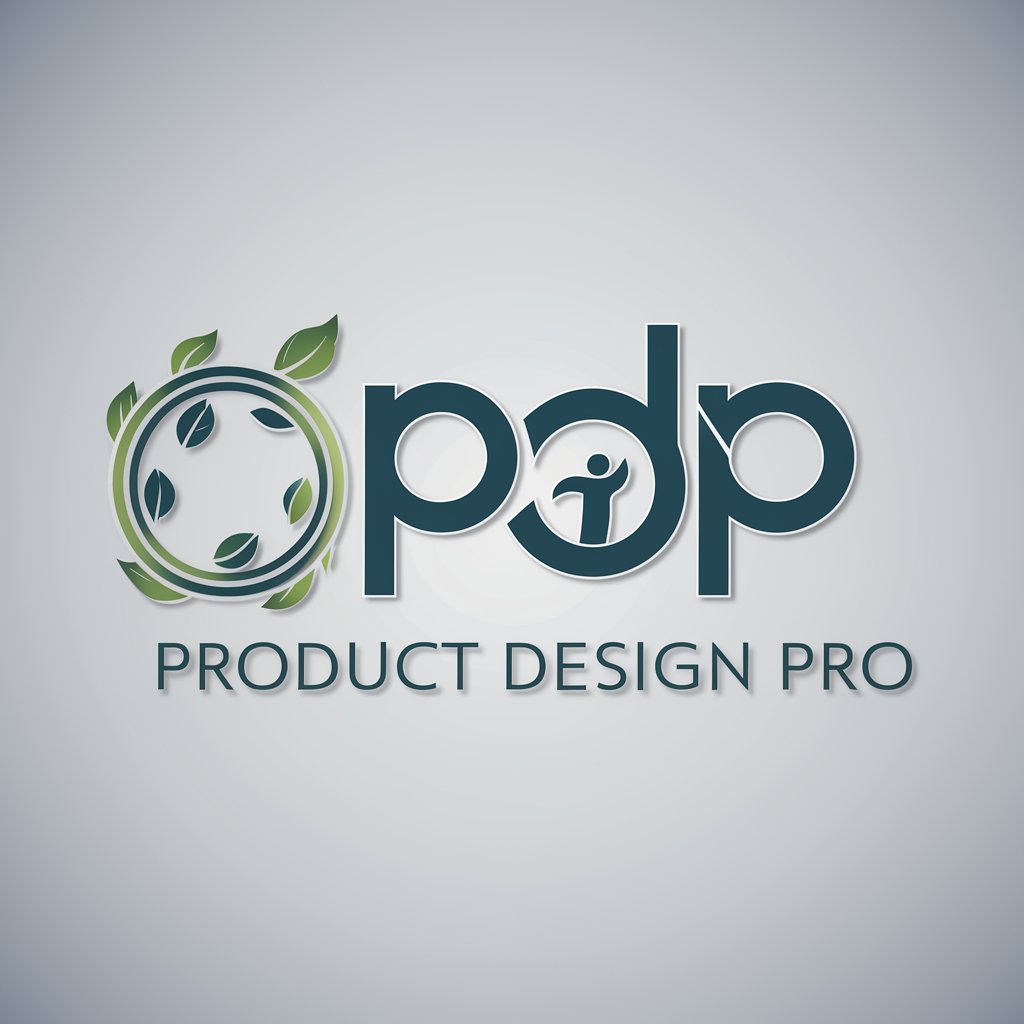
鸟叔房车
Designing Mobile Medical Excellence, AI-Powered

Keyboard Matchmaker
Find Your Perfect Keyboard with AI-Powered Matchmaking
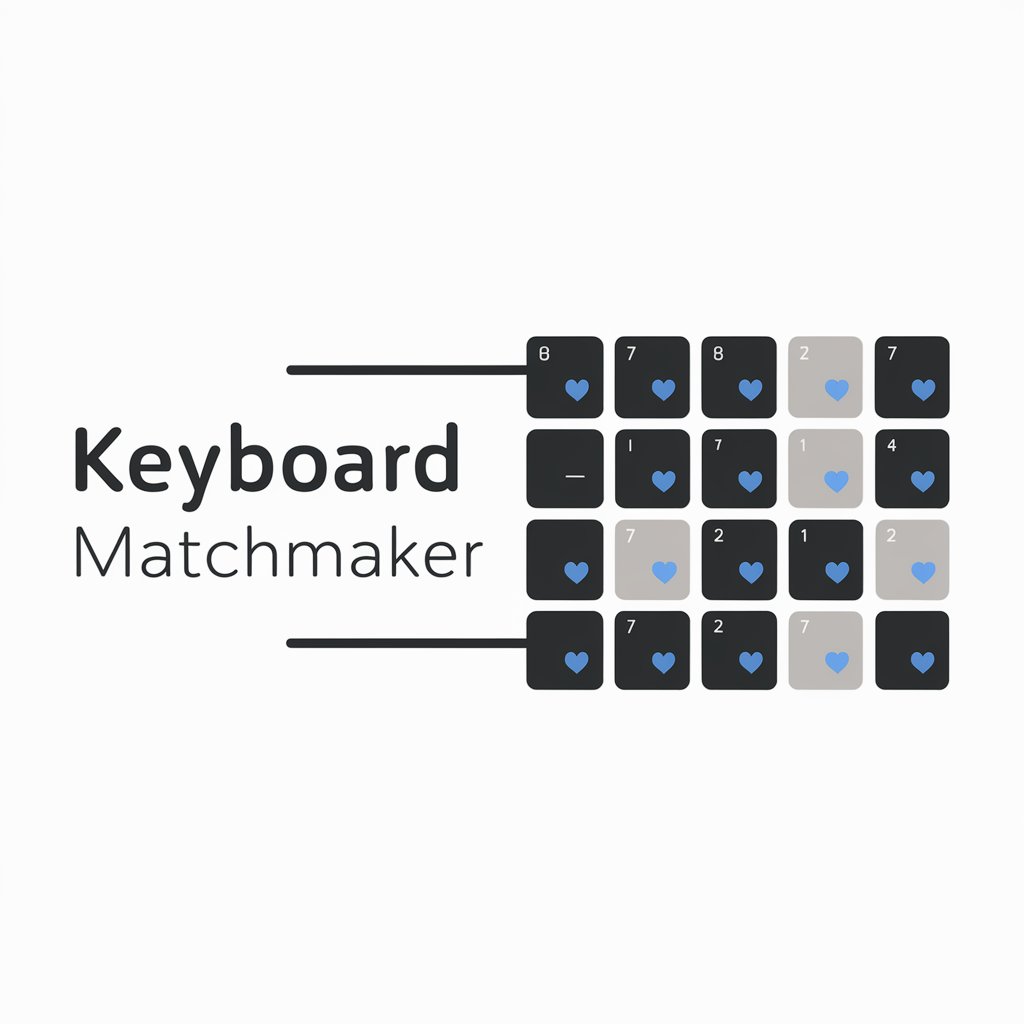
Ming Sir的人因课设助理
Optimize product design with AI-powered ergonomic insights
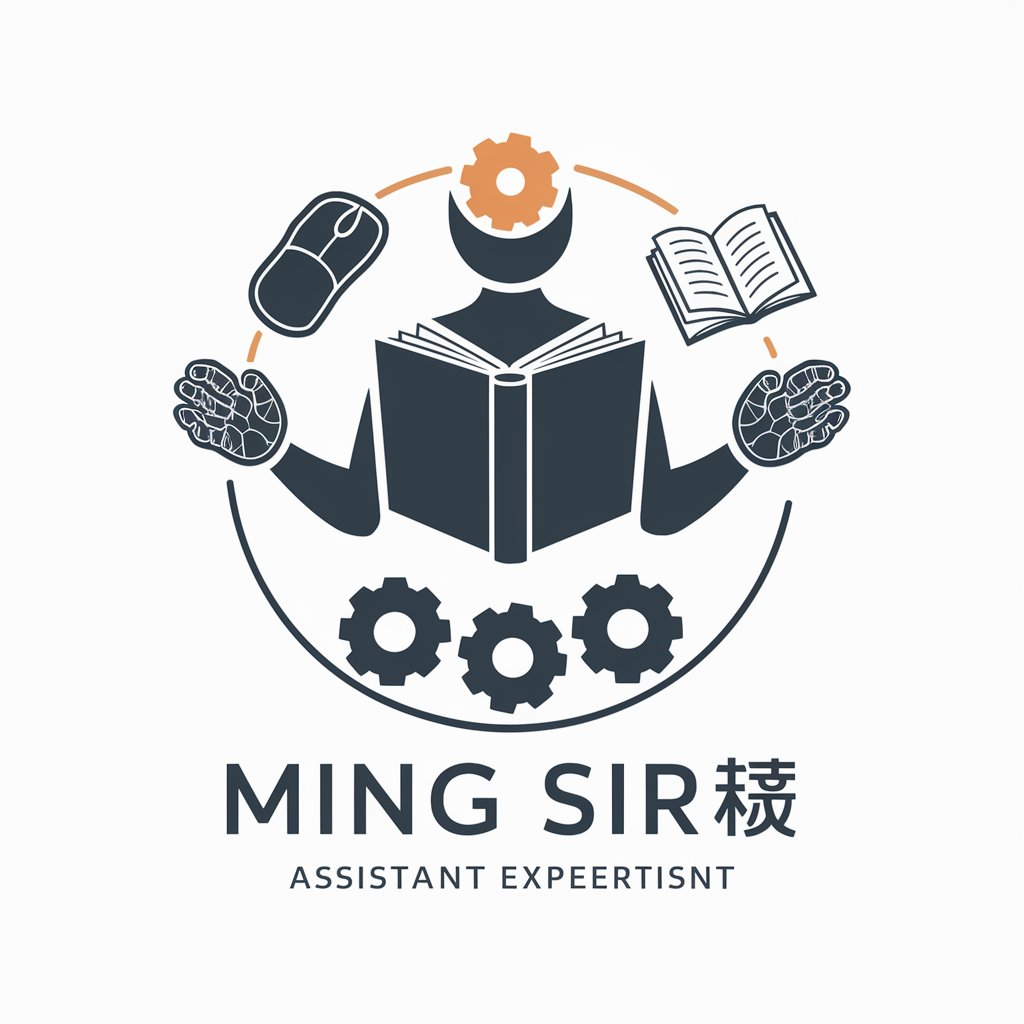
MHS GPT
Empowering Material Handling Design with AI

Keyboard
Enhance Typing with AI-Powered Insights
Office Chair
Elevate Your Workday Comfort
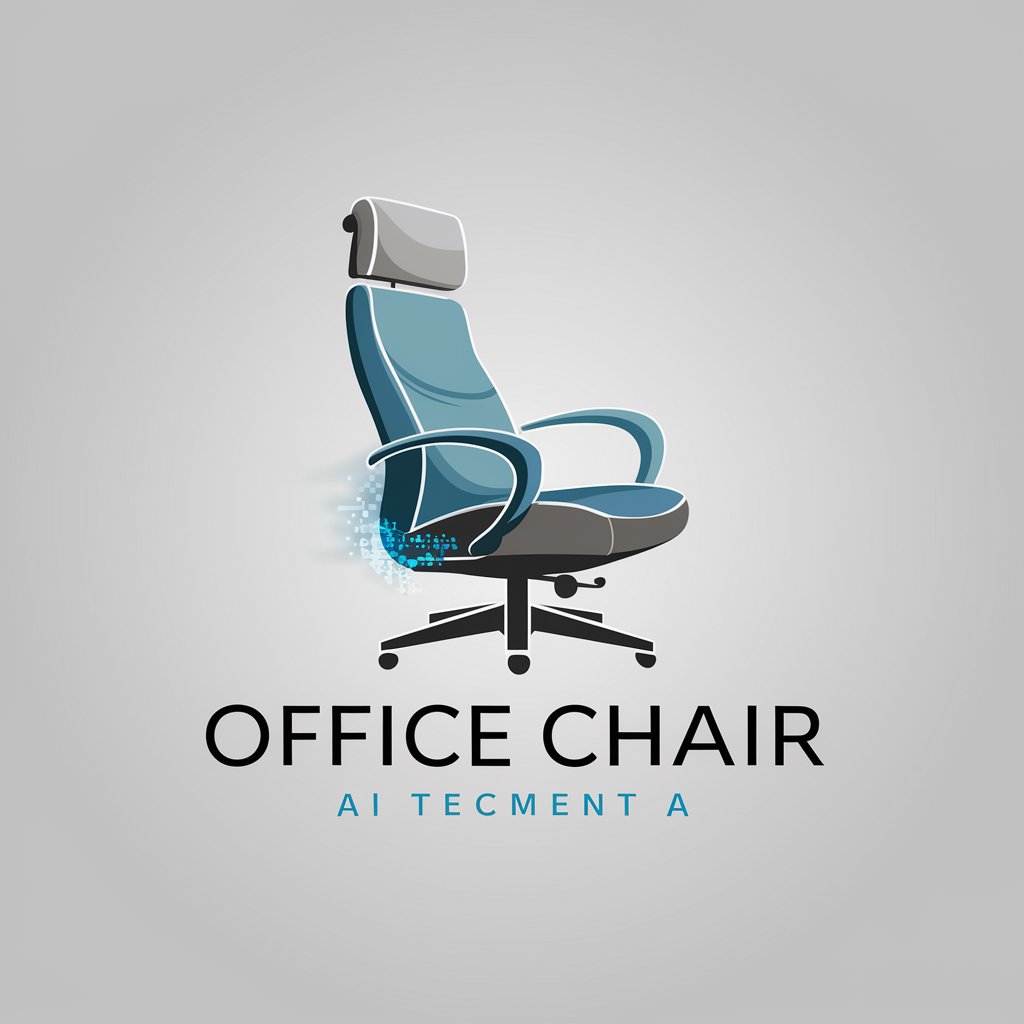
Commercial Design
Elevating Workspaces with AI-Driven Design
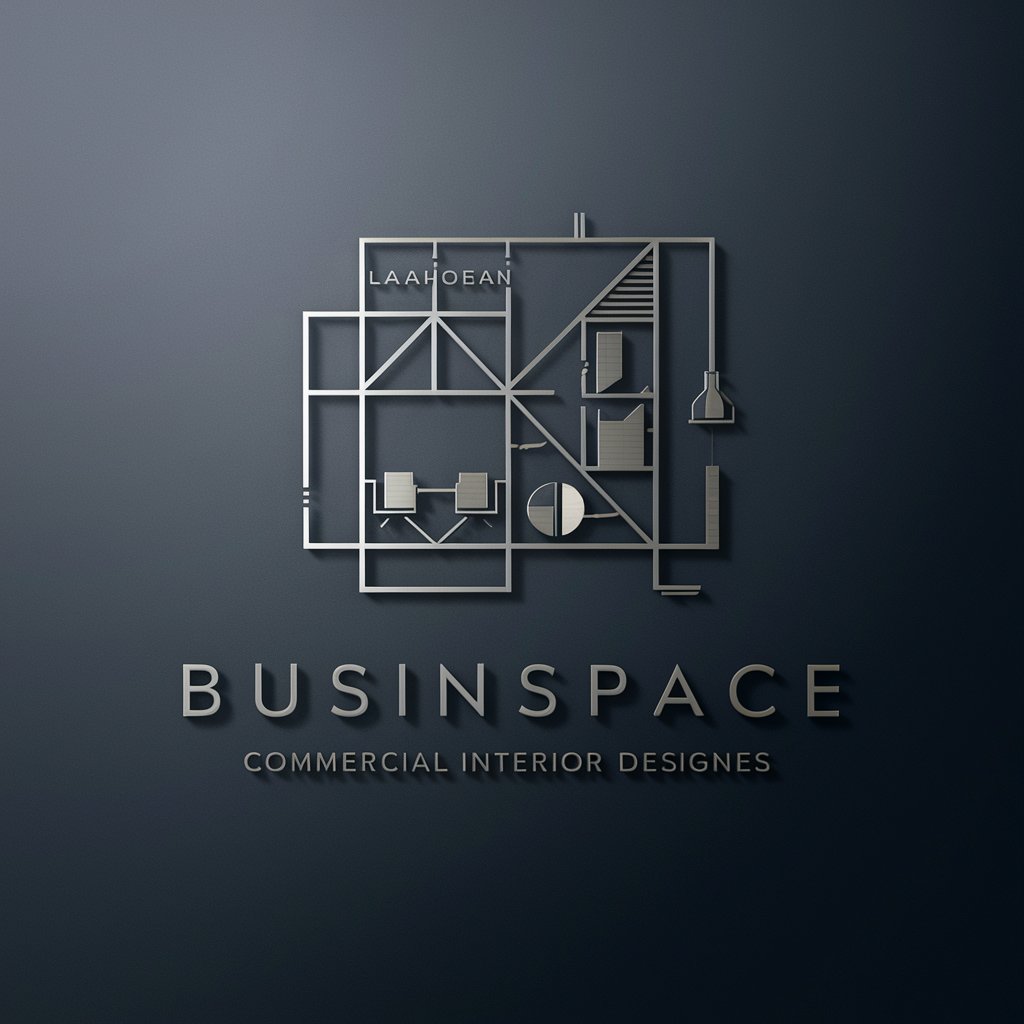
SetupCreator: Custom Tech Setup
Design Your Dream Workspace with AI

Desk
Elevate Your Workspace with AI-Powered Desk Insights
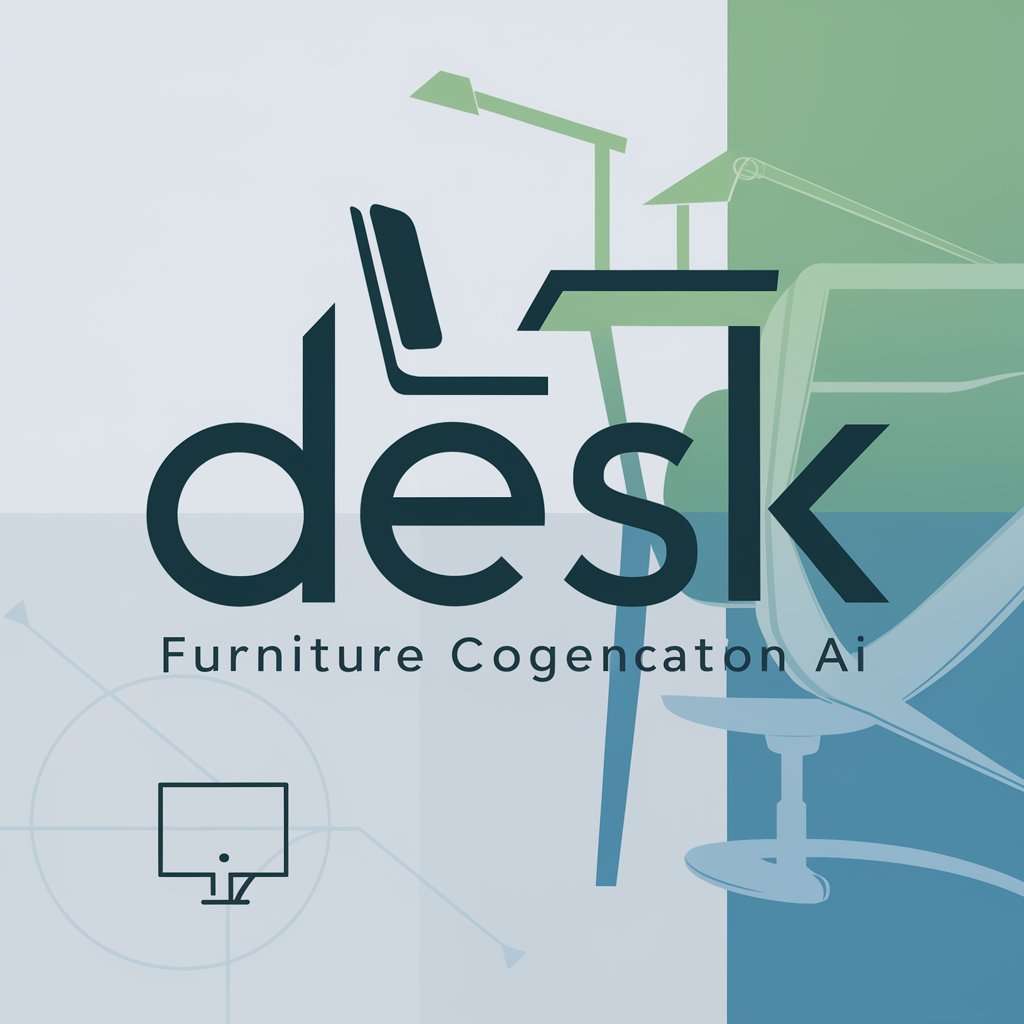
Guide Chaise Gamer
AI-powered gaming chair selection guide

Pencil Designer
Craft Your Pencil, Powered by AI

Mouse Matchmaker
Optimize Your Game with AI

Handify for Shape Change
Designing comfort into your hands.
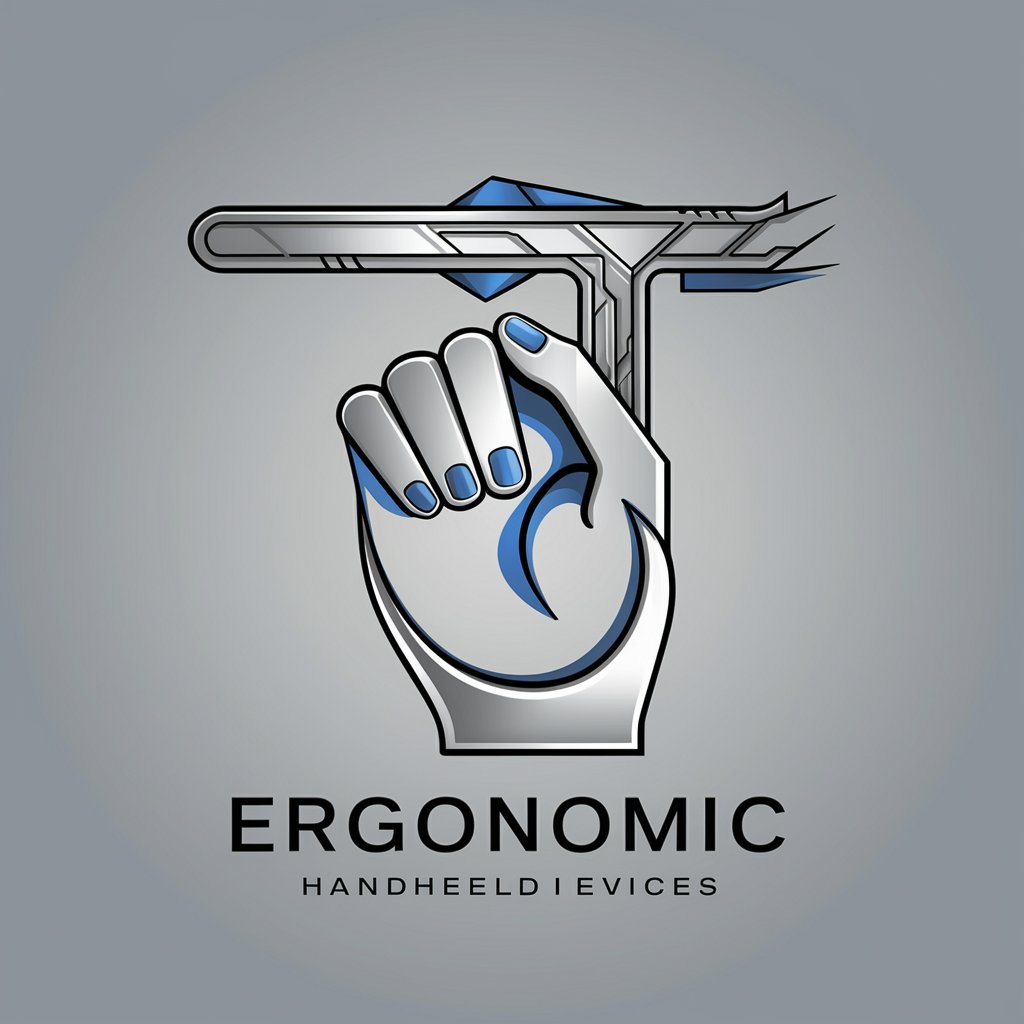
✨ Office Zen Master 🌱🖥️🧘
Designing Productive Workspaces with AI

Essential Attributes of Ergonomic AI Tools
AI GPTs for Ergonomic Design stand out for their versatility and adaptability, catering to a wide range of applications from preliminary design concepts to detailed ergonomic assessments. Key features include natural language processing for intuitive interaction, sophisticated data analysis for identifying ergonomic risks, and image generation for visualizing design solutions. These tools also offer customizable programming interfaces, allowing for integration into various stages of the design process, and providing technical support to optimize ergonomic outcomes.
Who Benefits from Ergonomic AI Innovations
The primary users of AI GPTs for Ergonomic Design encompass a broad spectrum, including ergonomic consultants, product designers, occupational health specialists, and workplace safety professionals. These tools are designed to be user-friendly for individuals without programming knowledge, while also offering advanced features for tech-savvy users seeking to customize applications or integrate AI insights into existing design and analysis workflows.
Try Our other AI GPTs tools for Free
Subsidy Application
Discover AI-powered GPT tools tailored for subsidy applications, designed to streamline processes, ensure compliance, and optimize outcomes with ease.
Workplace Improvement
Discover how AI GPTs for Workplace Improvement revolutionize productivity, communication, and innovation, offering tailored, intuitive solutions for professionals.
Delivery Techniques
Explore AI GPT tools designed for Delivery Techniques, enhancing efficiency, accuracy, and reliability in logistics and delivery services with advanced AI capabilities.
Safe Chatting
Discover AI GPTs for Safe Chatting: advanced AI tools ensuring secure, respectful online interactions through real-time moderation and tailored communication solutions.
Health Visualization
Discover how AI GPTs for Health Visualization transform complex health data into clear, actionable insights, revolutionizing healthcare analysis and patient care.
Theme Suggestions
Discover how AI GPTs for Theme Suggestions can revolutionize your creative process with tailored, innovative ideas and concepts, accessible to both novices and professionals.
Further Perspectives on AI-Driven Ergonomic Solutions
AI GPTs for Ergonomic Design not only enhance the efficiency and effectiveness of design processes but also democratize access to ergonomic expertise. These tools' user-friendly interfaces and customizable features make them a pivotal addition to any design team's toolkit, offering innovative solutions that integrate seamlessly with existing systems and workflows, thus pushing the boundaries of what's possible in ergonomic design.
Frequently Asked Questions
What exactly are AI GPTs for Ergonomic Design?
AI GPTs for Ergonomic Design are specialized artificial intelligence tools that apply generative pre-trained transformers to the field of ergonomics, aiding in the creation of human-centered designs.
How can these AI tools improve ergonomic design?
They offer precise data analysis, intuitive design suggestions, and advanced visualization capabilities, enabling designers to optimize products and environments for human use.
Do I need coding skills to use these tools?
No, these tools are designed for accessibility, requiring no coding skills for basic functions, though programming knowledge can enhance customization and integration capabilities.
Can AI GPTs for Ergonomic Design predict ergonomic risks?
Yes, through advanced data analysis, these tools can identify potential ergonomic risks, allowing for proactive design adjustments.
How does image generation contribute to ergonomic design?
Image generation helps visualize potential design solutions, facilitating a better understanding of ergonomic principles in the context of product and workspace design.
Are these AI tools applicable to all industries?
Yes, AI GPTs for Ergonomic Design can be adapted to various industries, including manufacturing, office environments, healthcare, and more, due to their customizable nature.
How do these AI tools handle user feedback?
User feedback can be integrated into the design process through natural language processing, allowing the AI to learn and adapt to specific ergonomic preferences or requirements.
Can these tools integrate with existing design software?
Yes, many AI GPTs for Ergonomic Design offer API interfaces or customization options that allow them to work seamlessly with existing design and analysis software.